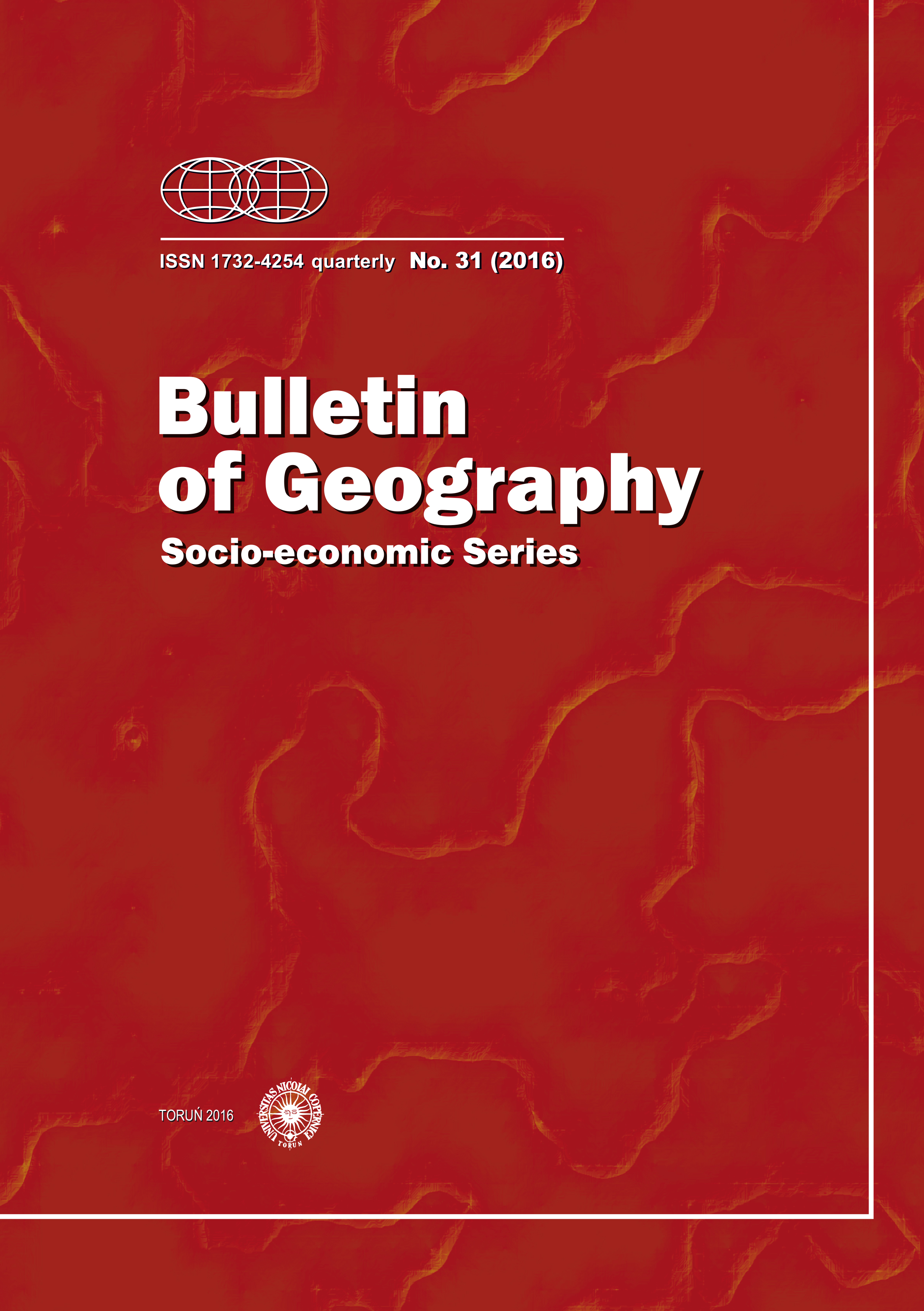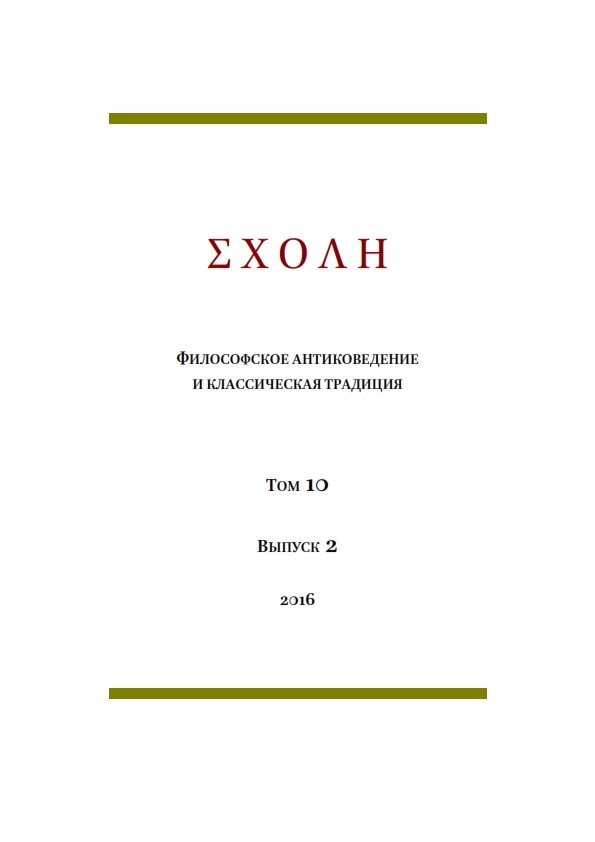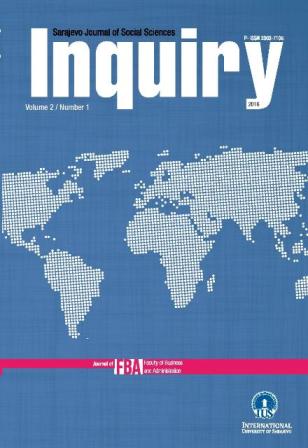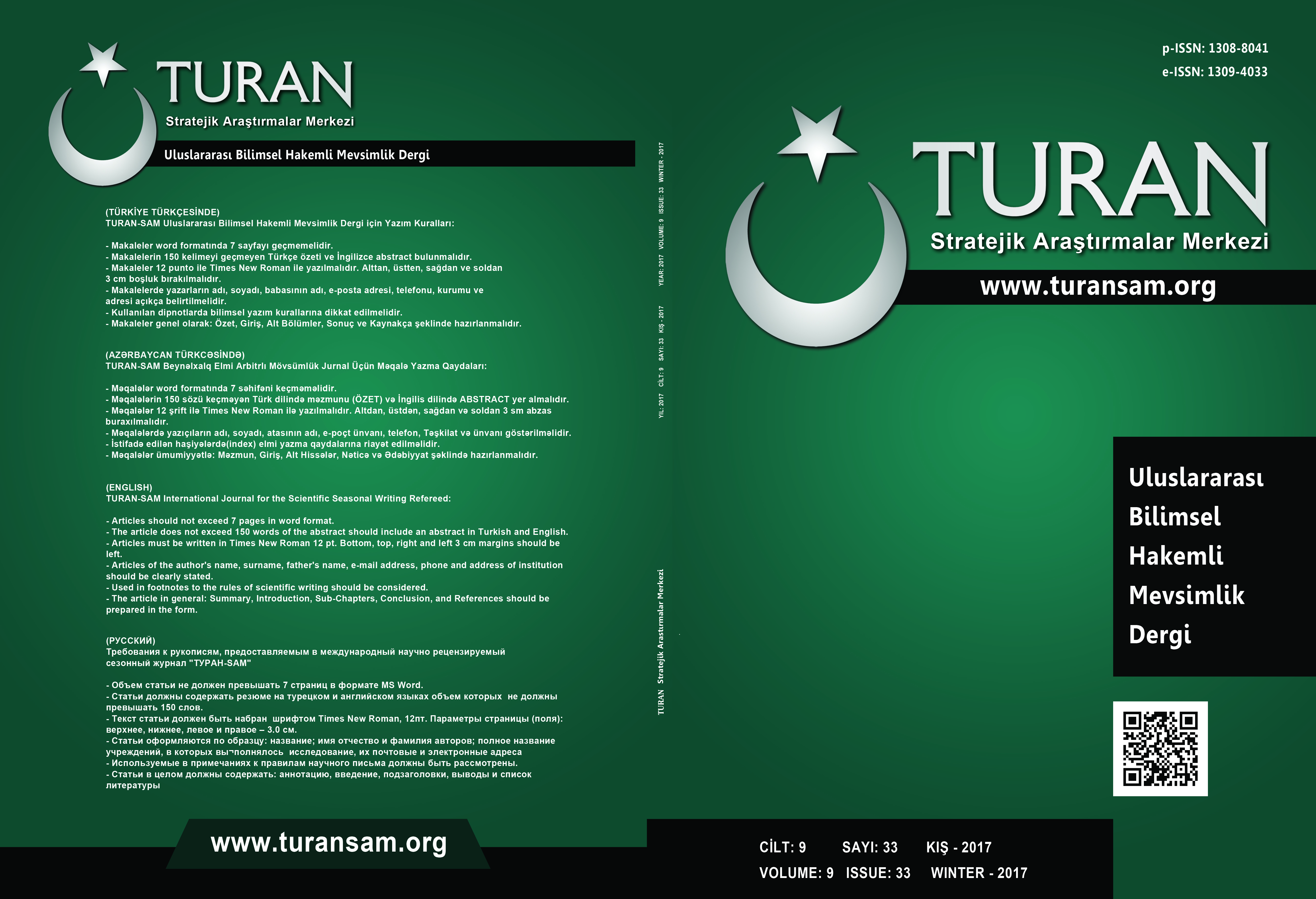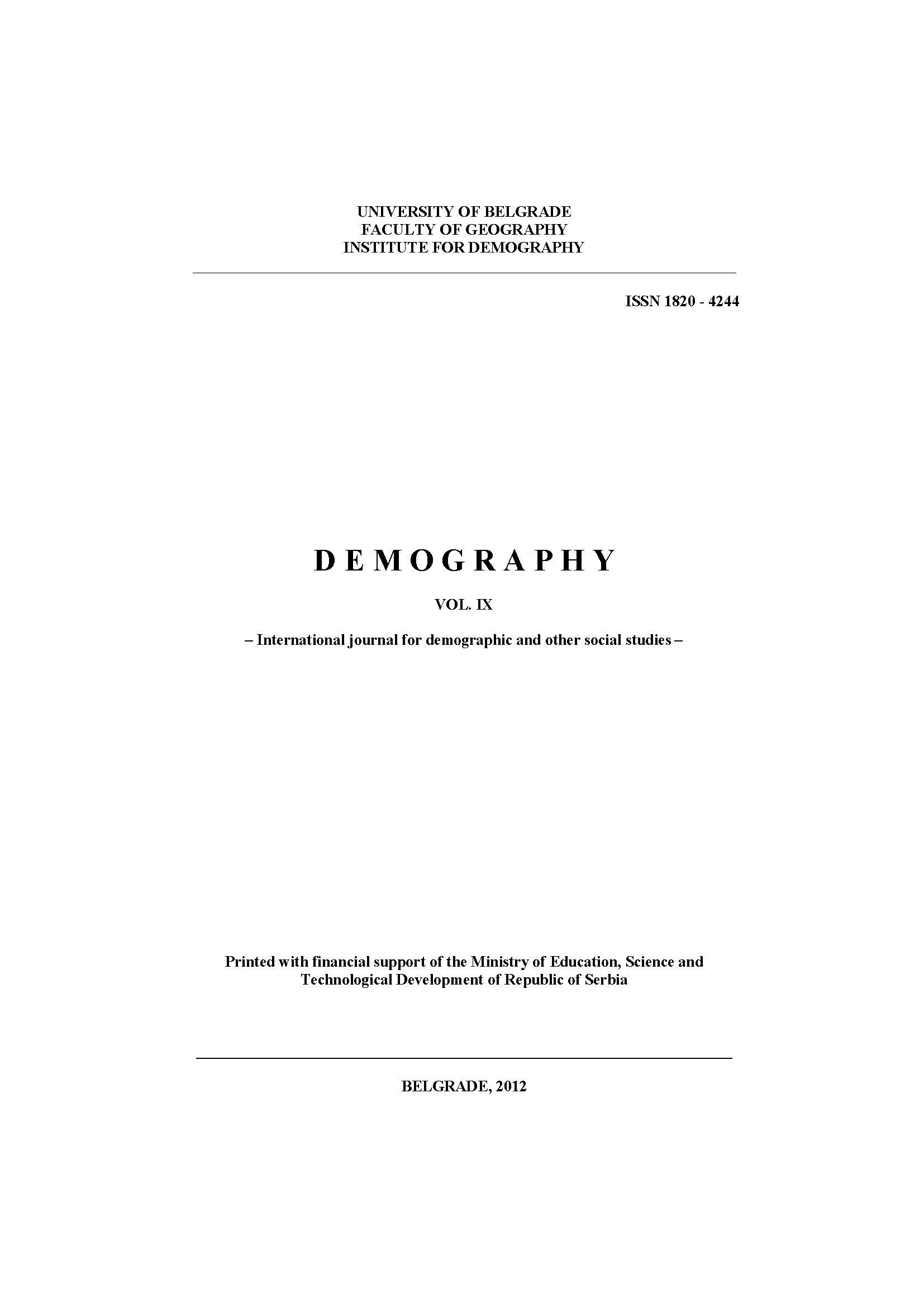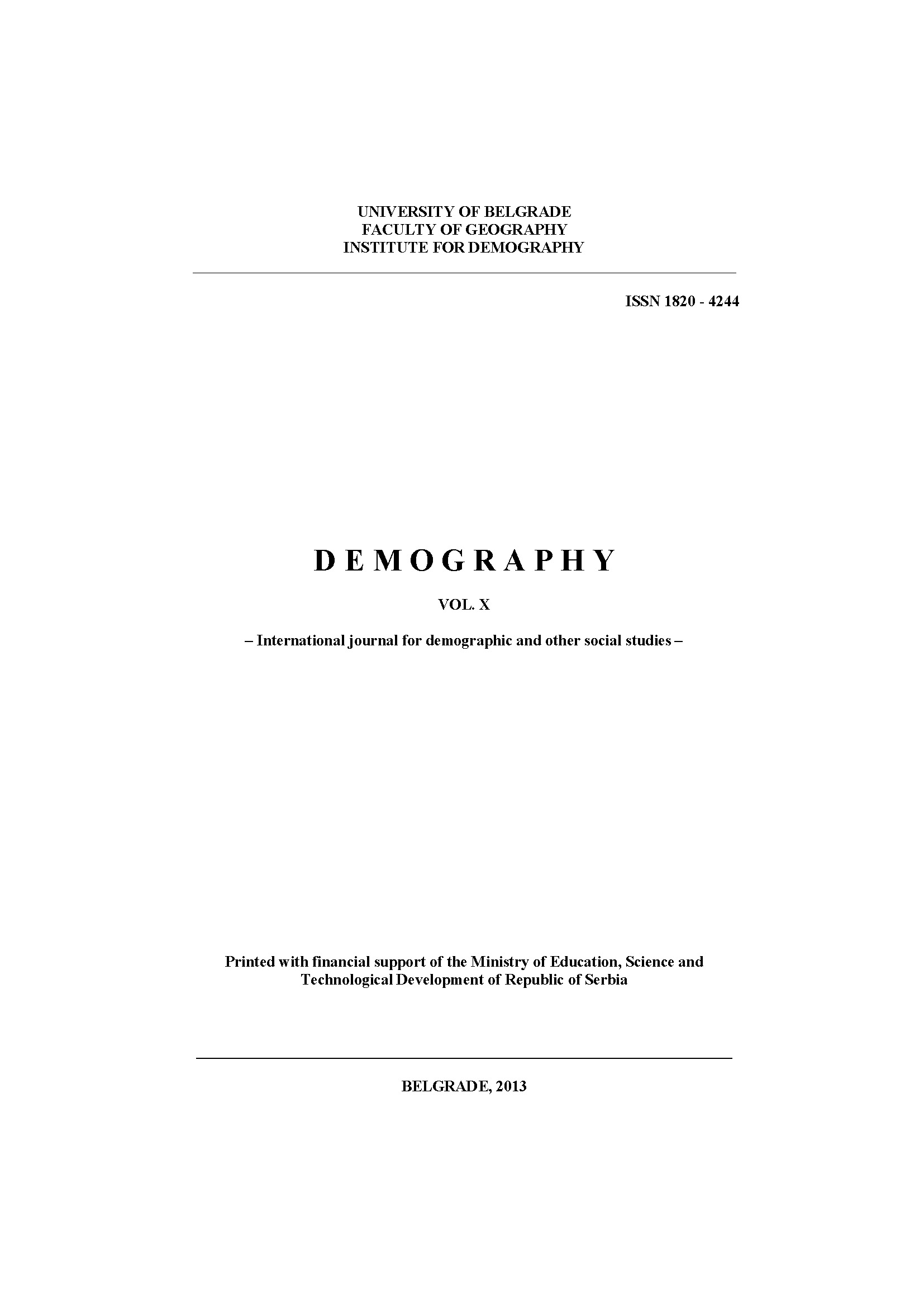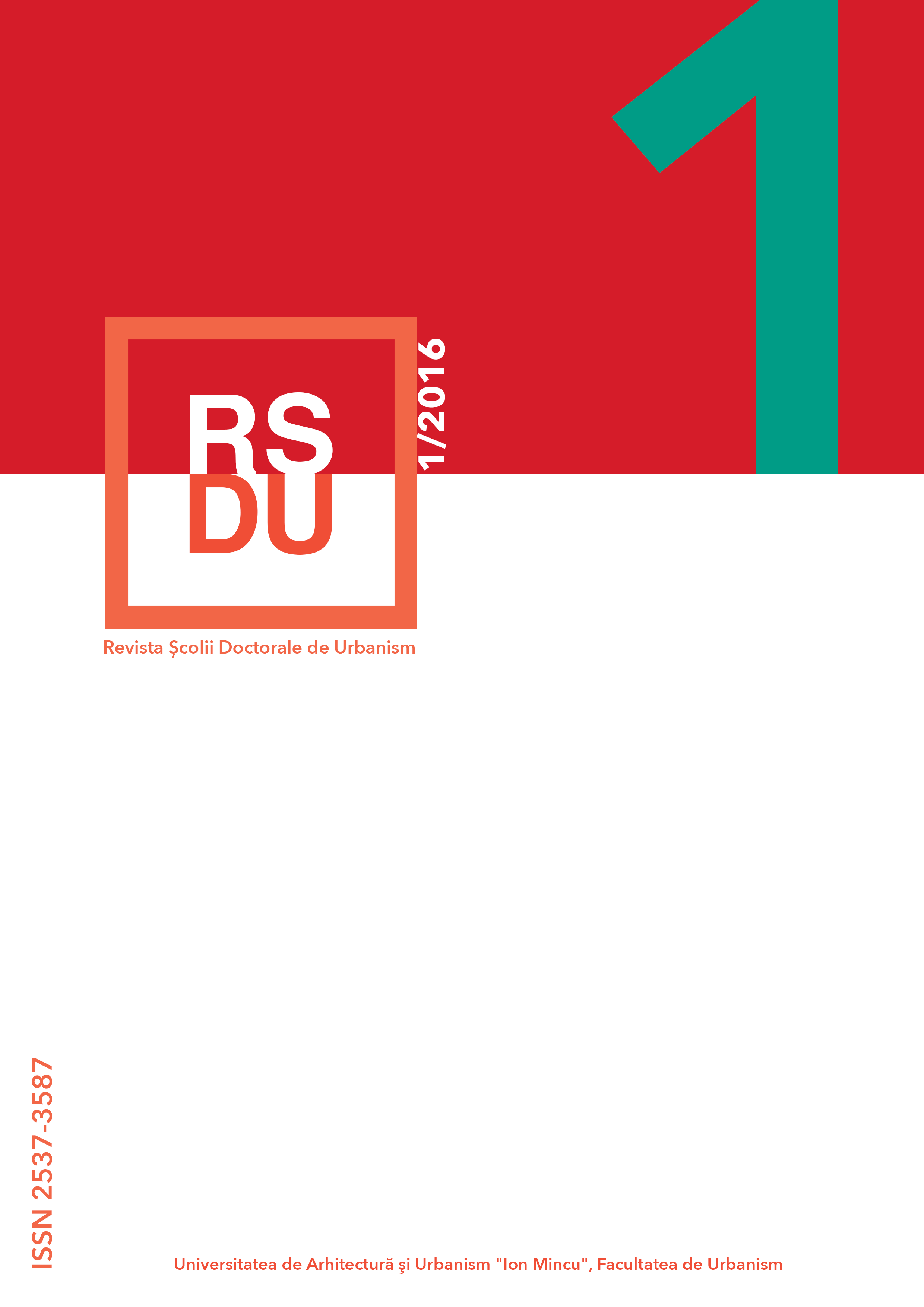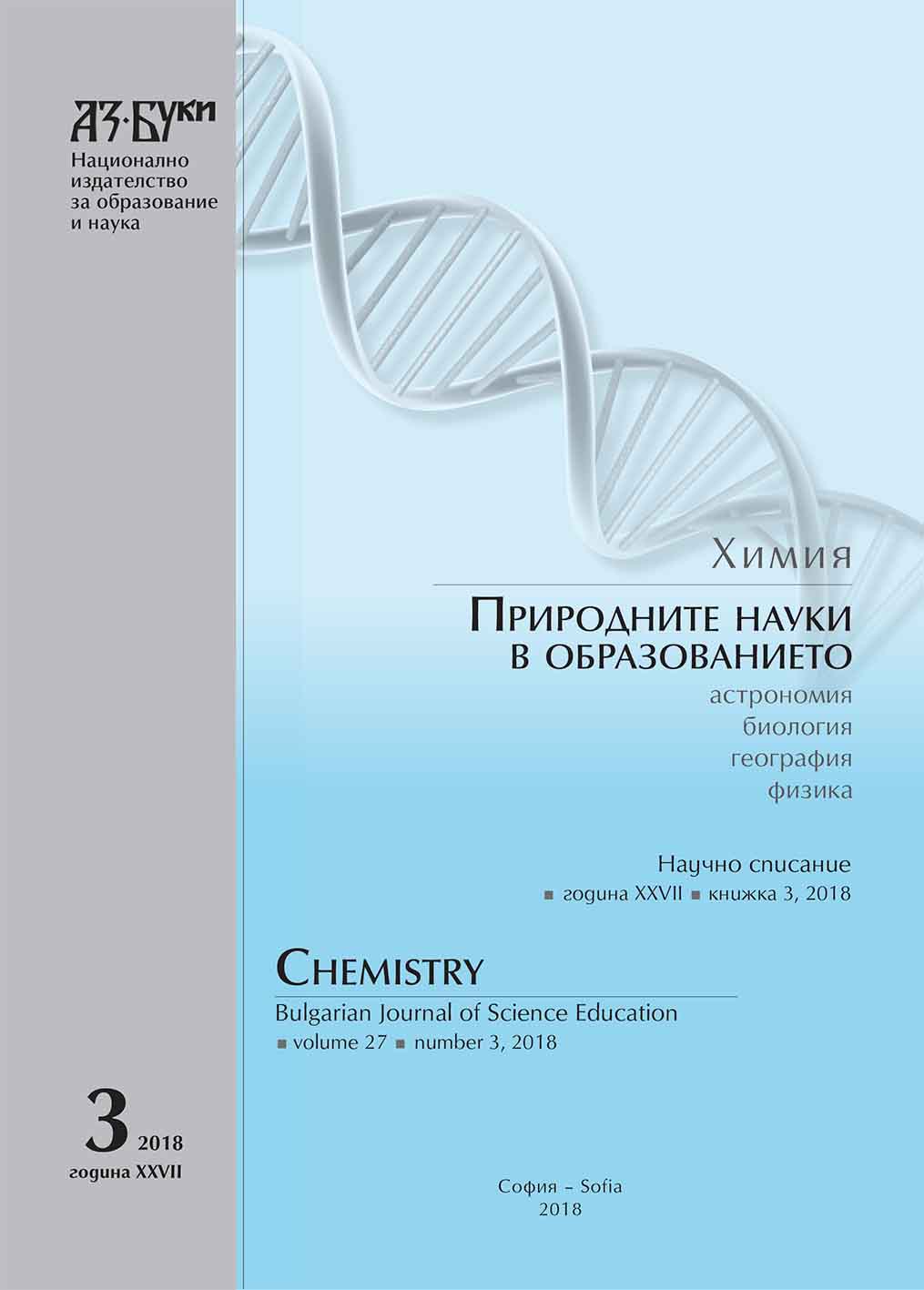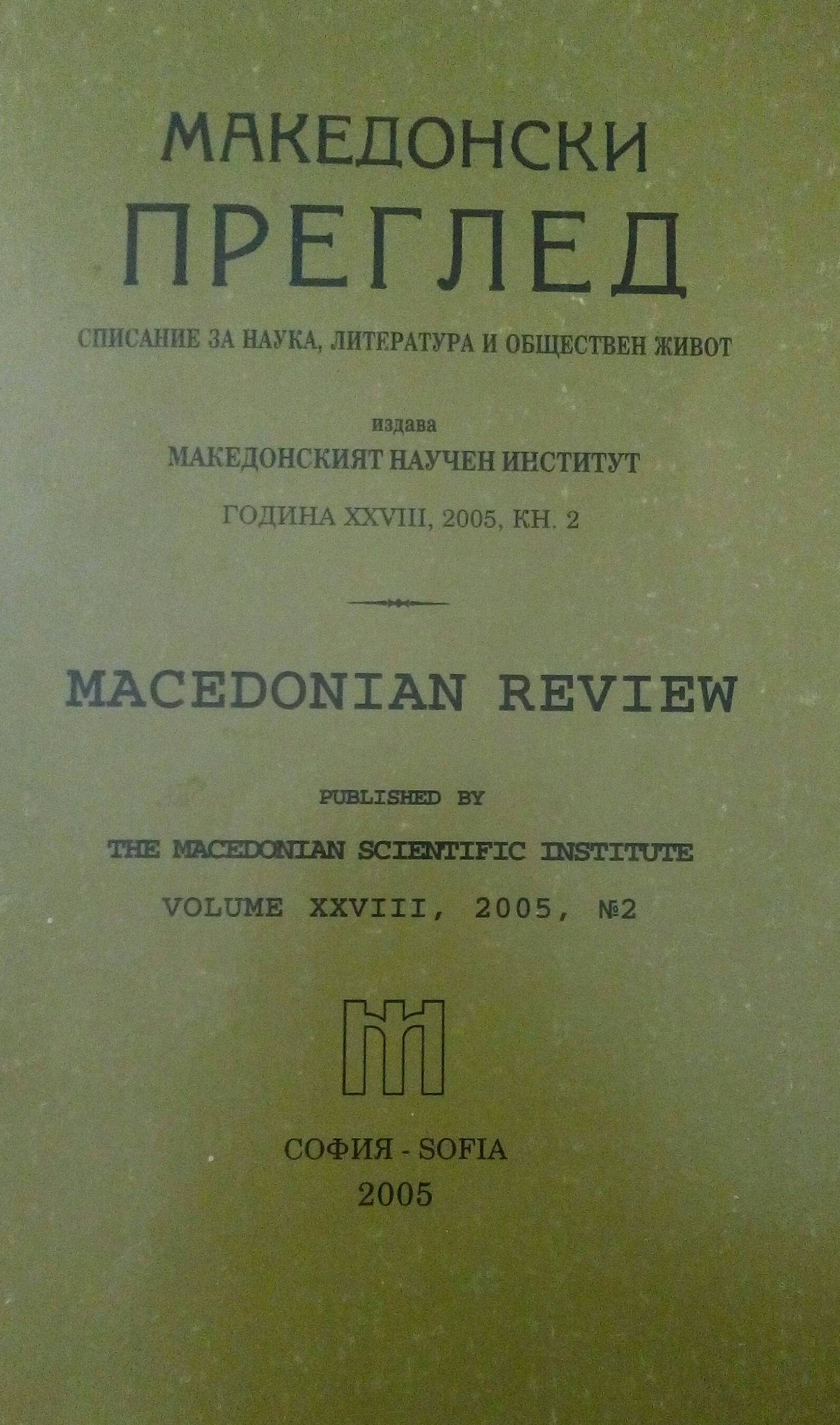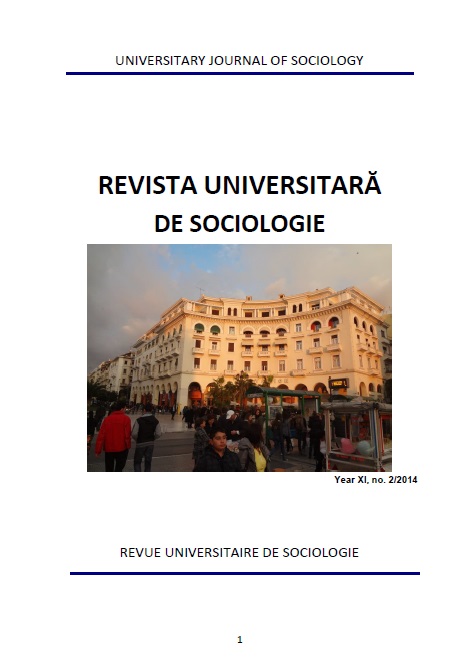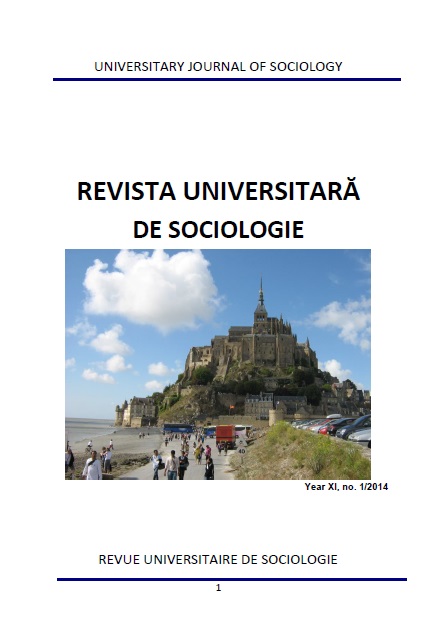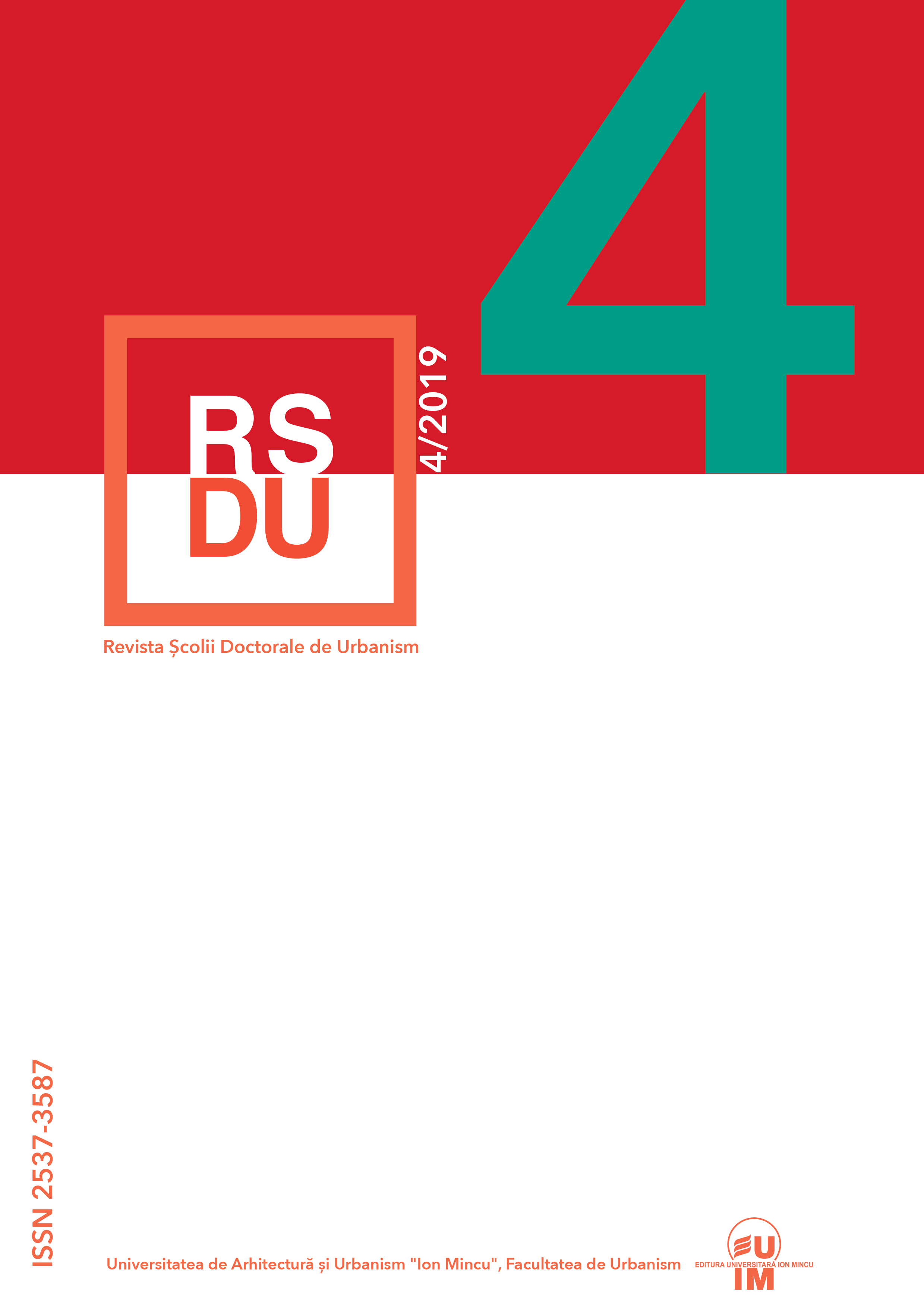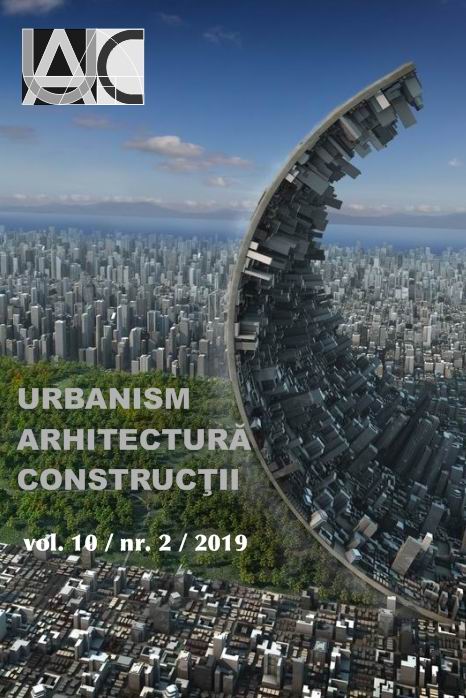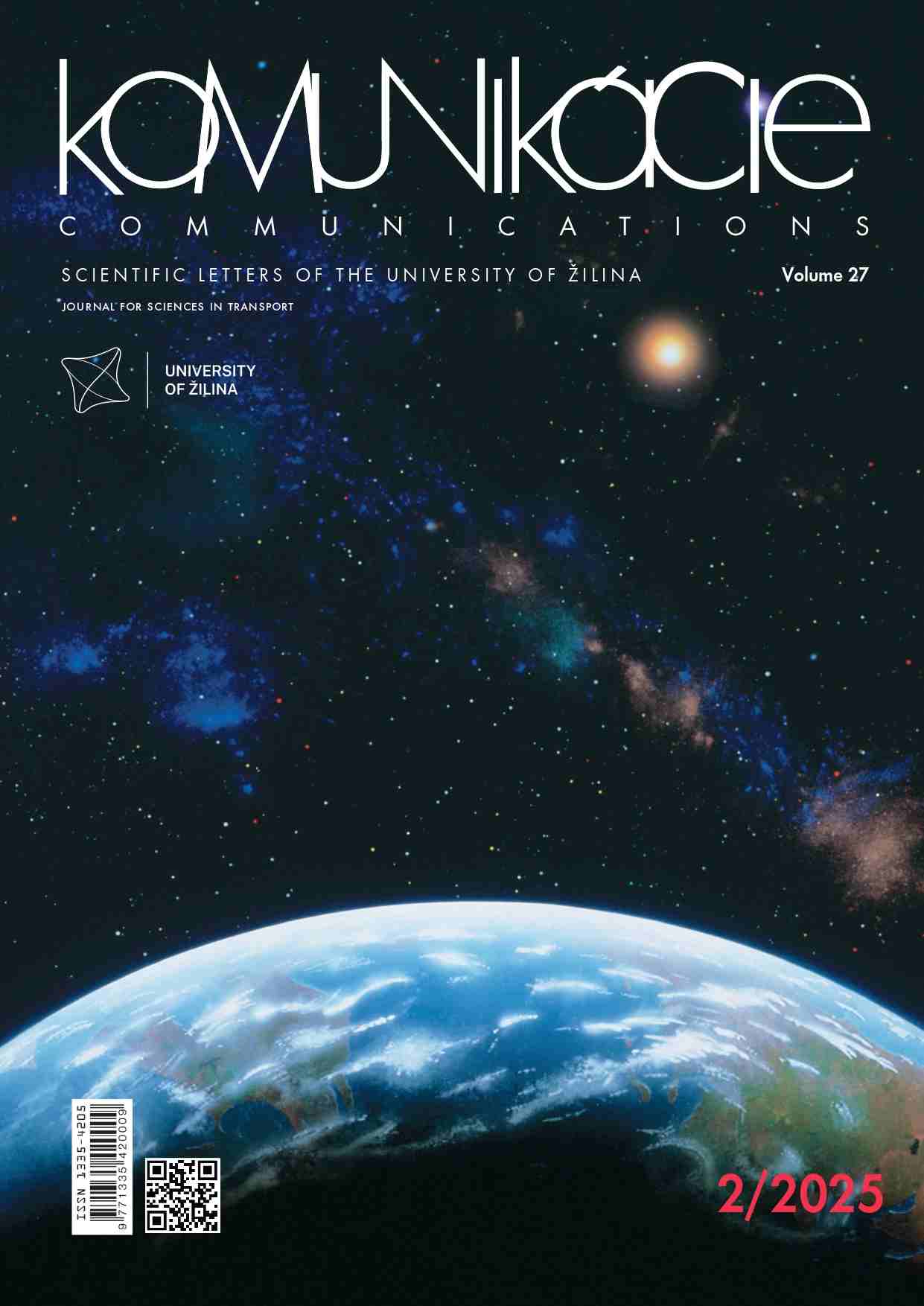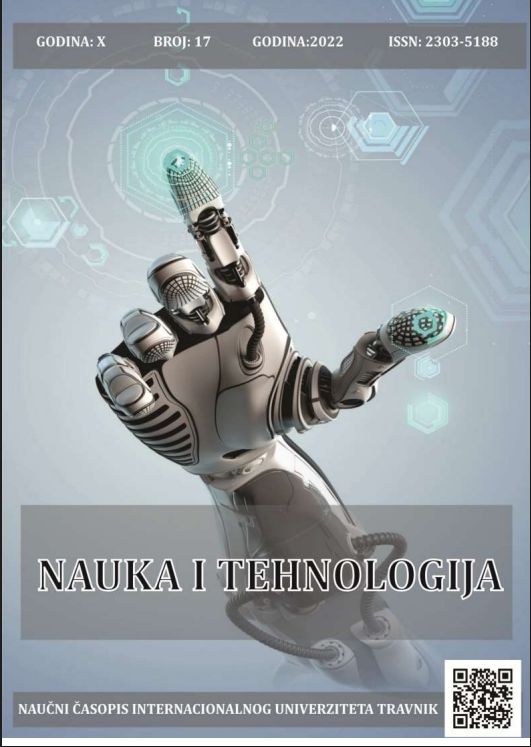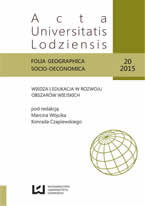
Gminne instytucje w infrastrukturę edukacyjną w Łódzkim Obszarze Metropolitalnym w latach 2007-2013
The main goal of the paper is to analyze municipal investment expenditures for educational infrastructure in Lodz Metropolitan Area. Presented research was conducted for the period between the years 2007 and 2013, the last Multiannual Financial Framework of European Union. The authors identified significance of investments in educational infrastructure for municipal policy in Lodz Metropolitan Area. Moreover, they assessed the quality of strategic and financial municipal planning for development of educational infrastructure in the studied area. The authors used their own, earlier depicted methodology of complex analysis of municipal strategies, budget plans and financial statements (Napierała et al. 2013). Municipal goals of investment expenditures for educational infrastructure were identified. Moreover, the authors verified whether or not the purposes were achieved. Furthermore, specificity of investments were depicted for various types of municipalities: rural, urban and urban-rural.
More...
